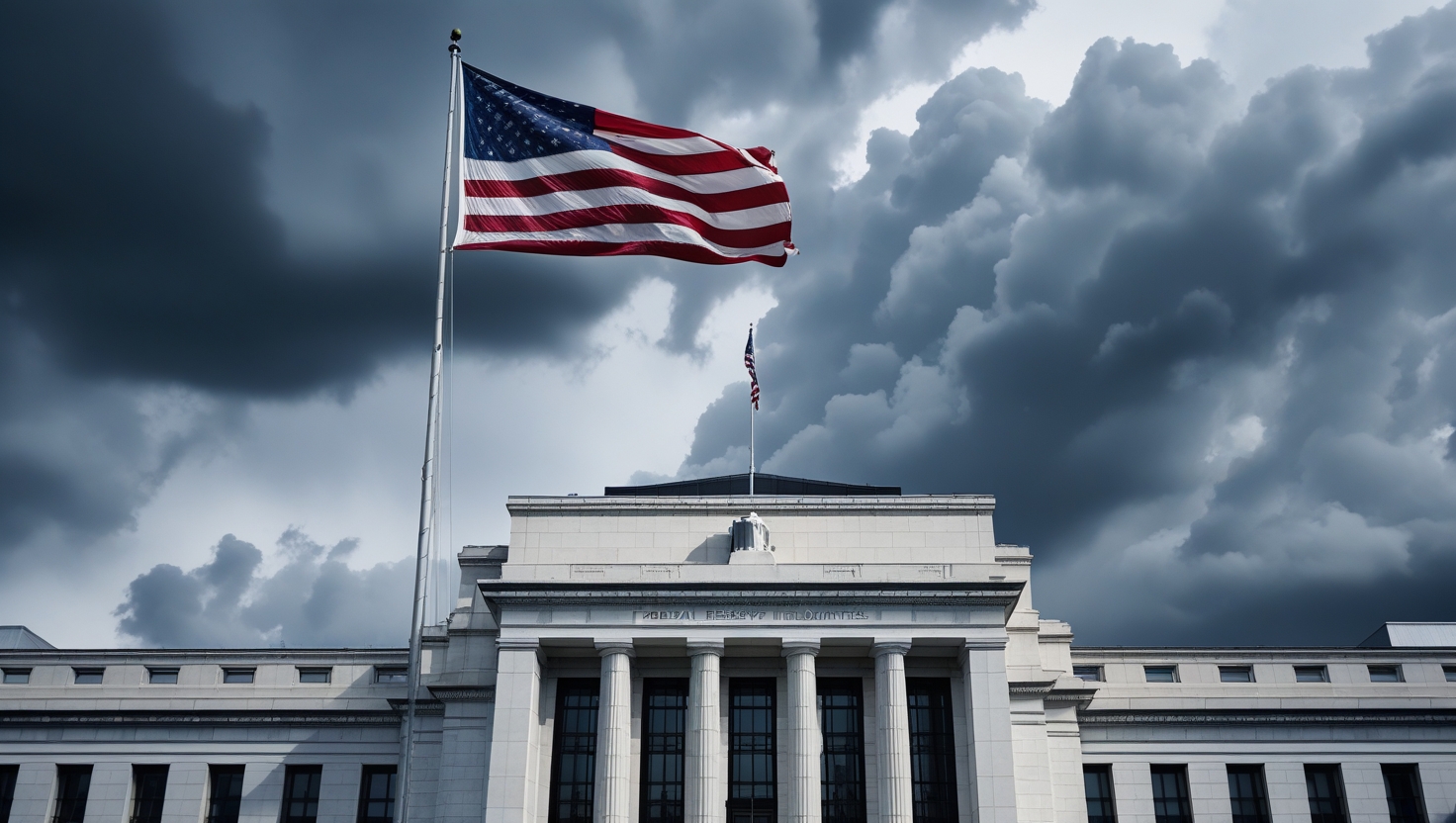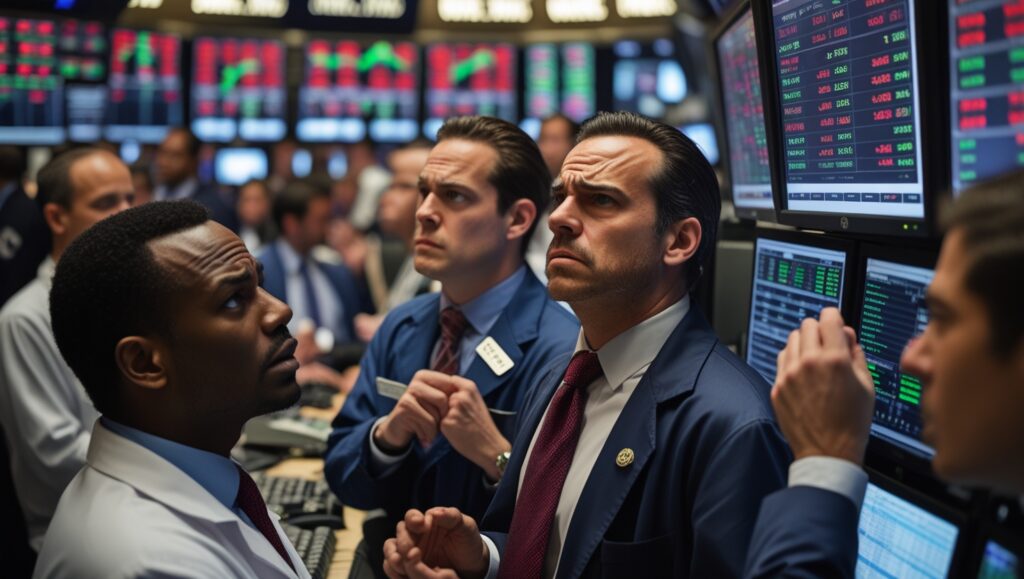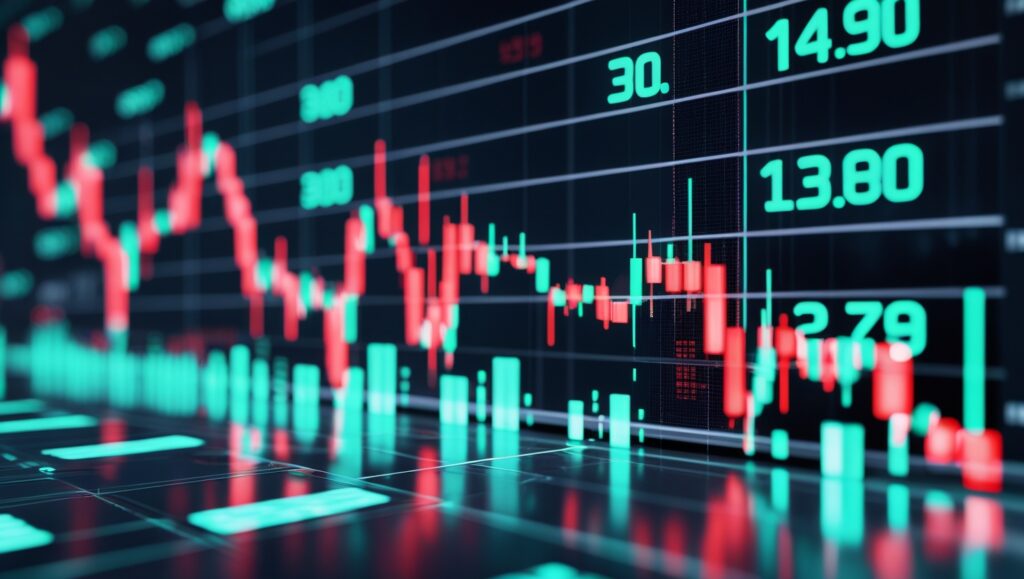Physical Address
304 North Cardinal St.
Dorchester Center, MA 02124
Physical Address
304 North Cardinal St.
Dorchester Center, MA 02124

Investors are waiting for what may be a turning point in economic policy while the financial community holds its breath. The phrase “3. Market Caution Ahead of Fed Signals” has emerged as a recurring motif in investor discussions, analyst reports, and trading floors. The mood is tight, the stakes are high, and the ramifications might have an impact on international markets as the Federal Reserve prepares to provide new advice. This is a moment of reckoning that might influence interest rates, inflation, and investment plans for months to come; it’s not simply another economic report.

The phrase describes investors’ increasing hesitancy and strategic restraint while they await important signals from the Fed. Speeches, meeting minutes, or formal policy pronouncements that allude to upcoming interest rate decisions are common examples of these signals. Since markets have already survived earlier waves of uncertainty and are now moving into a new, maybe more volatile stage, the prefix “3.” in this instance denotes a third wave or phase of caution.
This prudence is not without merit. There is an 87% chance of a rate cut at the next FOMC meeting in September 2025, according to recent data from the CME FedWatch Tool. Nevertheless, Fed officials have cautioned investors against making hasty judgments regarding inflation risks and economic fundamentals in spite of this confidence. As a result, every data point and policy statement is closely examined for hints, leaving the market torn between optimism and hesitancy.
There has long been a connection between market behavior and Federal Reserve messages. The Fed has been instrumental in determining monetary policy since its establishment in 1913, employing instruments such as asset purchases and interest rates to control inflation and promote economic expansion. Investors have developed the ability to decipher Fed messages over time, spotting minor changes in wording and tone as clues to potential future actions.
One of the most well-known instances was in 2008, when remarks made by Ben Bernanke, the Fed’s then-chairman, regarding “unusual and exigent circumstances” marked the start of aggressive monetary easing. Jerome Powell’s comments at the Jackson Hole symposium have recently gained notoriety as must-see events, frequently causing market movements in a matter of minutes. Powell’s comments are expected to be just as anticipated in 2025, with experts projecting that even a small hint of dovishness may lead to a rally or a selloff, depending on the situation.

The increased caution is being caused by a number of things. The first is that inflation is still a wild card. Even while recent CPI data points to stabilization, worries about underlying pricing pressures remain, particularly in industries impacted by supply chain disruptions and tariffs. Second, employment statistics has been inconsistent, with some regions experiencing robust job growth while others have seen less growth. The Fed finds it challenging to defend either dramatic easing or ongoing tightening because of this ambiguity.
Third, the uncertainty is being exacerbated by global tensions. Investor sentiment is being impacted by foreign conflicts, trade disputes, and changes in energy policy. For instance, conjecture around India’s oil imports and possible US tariffs has produced a complicated situation that may have an effect on international markets. Investors should exercise caution in this climate because even little adjustments to Fed policy might have significant repercussions.
On the plus side, exercising caution can help you stay stable. It pushes investors to diversify their holdings, do in-depth research, and refrain from making snap judgments. A more robust financial system may be produced and volatility can be decreased using this methodical approach. Additionally, it enables decision-makers to evaluate the effects of their choices without inciting hysteria or euphoria.
But being overly cautious can also be harmful. Underinvestment, lost opportunity, and a downturn in economic activity are possible outcomes. Businesses may find it difficult to raise funds and consumer confidence may decline if investors remain passive. Caution can sometimes backfire, creating unfavorable expectations and postponing healing.

A clear example can be seen in recent changes in tech stocks. Companies including Nvidia, AMD, and Apple saw steep drops following months of robust growth as investors reevaluated valuations and awaited Fed signals. The sharp decline in the Nasdaq Composite was indicative of a larger decline brought on by uncertainty. Profit-taking, worries about AI bubbles, and fears of government intervention were the reasons given by analysts for the decrease.
The futures markets have also become more sensitive to Fed rhetoric and consumer inflation data. In reaction to Fed lectures and economic statistics, contracts that track the Dow Jones Industrial Average and S&P 500 have changed. These responses highlight how crucial timing and perception are when making investment choices, especially while the Fed is at issue.
What causes investors to be wary of Fed announcements?
Because Fed choices have a direct impact on interest rates, inflation, and economic growth, investors are wary. It is wise to wait for unambiguous signs before making significant actions because uncertainty regarding these elements might cause volatility.
What indications does the Fed send out?
Speeches, meeting minutes, policy announcements, and economic forecasts are some of the ways the Fed communicates. Investors can use these signals to predict future moves, such rate cuts or raises.
What is the impact of Fed signals on stock markets?
Investor expectations and emotions are influenced by Fed signals. While a hawkish tone can cause selloffs because of concerns about tightening, a dovish signal may encourage equities by implying lower interest rates.
Is caution always a good strategy?
Caution can be beneficial in volatile environments, but it should be balanced with informed risk-taking. Overly cautious behavior may result in missed opportunities and slower economic growth.
What should investors watch for in upcoming Fed meetings?
Key indicators include inflation data, employment reports, and the Fed’s tone on economic risks. These elements will shape the likelihood and timing of rate adjustments.
The expression “3. Market Caution Ahead of Fed Signals” sums up a period of uncertainty, anticipation, and strategic restraint as the financial world navigates this third wave of caution. In addition to responding to data, investors are also analyzing narratives, assessing risks, and planning for a future that could drastically change in response to a single Federal Reserve statement from the Fed.
It’s more crucial than ever to keep informed in this environment. Knowing the mechanics underlying Fed signals and market caution can help you make better judgments and steer clear of expensive blunders, regardless of your level of experience as a trader or as a casual spectator. Keep your eyes on the facts, your ears on the commentary, and your plan based on clarity as the next FOMC meeting draws near.
Please join the discussion and share this analysis with your network if you find it useful. How are you getting ready for the Fed’s next action, and what do you think it will be? Together, let’s decode the signals.